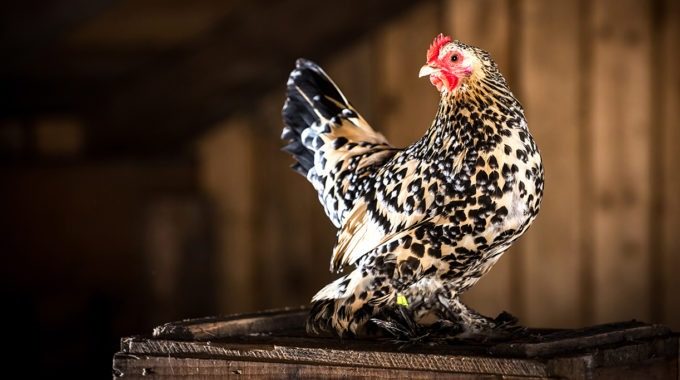Vanishing act: rare breeds at risk
Many of the world’s rare breeds of livestock are disappearing, as our growing appetite for meat and poultry leads to more intensive farming systems that call for animals that cost less to raise and involve fewer inputs and less risk. Animals are often crossbred to achieve desired characteristics, such as optimum growth rates or easy birthing. Ultimately, the aim is to raise animals that produce enough meat for the farmer to turn a profit. But it’s also leading to an alarming lack of genetic diversity in our food supply.
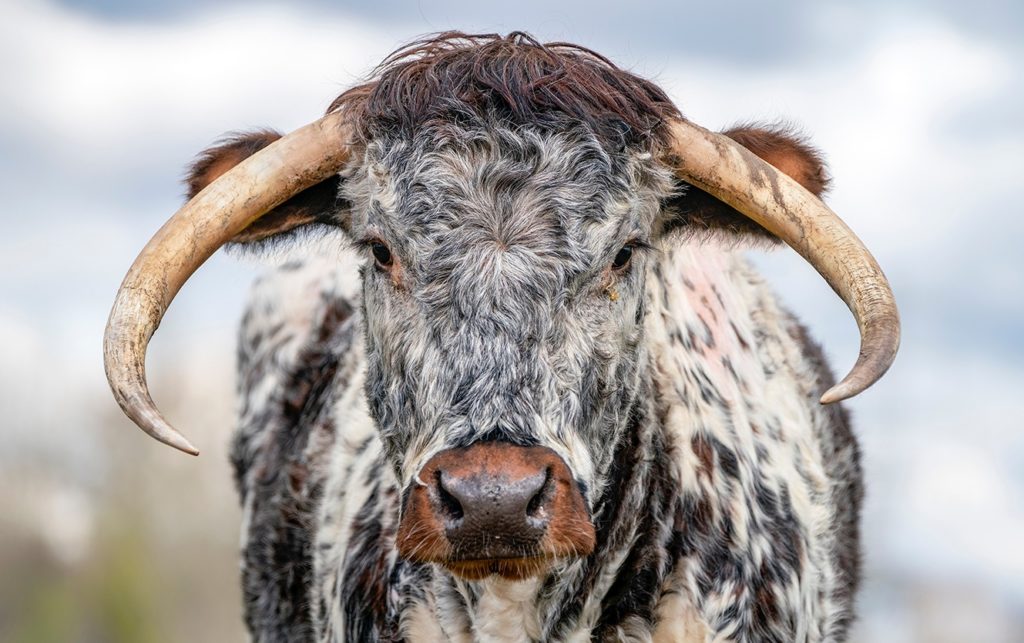
Strength in diversity
Once a breed is gone, it’s gone forever. There are only eight pure breeds of pig remaining in Australia. The vast majority of meat chickens across the globe come from just two selectively bred breeds: Ross and Cobb. You’ll no longer find Cotswold and Wensleydale sheep in Australia, and our dairy industry is now dominated by Holstein cows.
Most breeds have been lost in the last 30 years, as market forces determine which breeds are the most desirable to be farmed for meat. However, organisations like the Rare Breeds Trust of Australia have formed to raise awareness of the urgent need to conserve livestock diversity. This is not just to ensure that fine diners will have something interesting to order at a restaurant. Genetic diversity in our livestock acts as a type of insurance policy.
Many rare breeds have characteristics such as disease resistance and climate adaptability. These could prove vital to our future food security. With swine fever and avian flu outbreaks continuing to wipe out millions of livestock around the world, having a back-up plan seems like a pretty smart option. But continuing to focus on immediate profit over long-term sustainability will result in the extinction of the breeds that could save our food supply.

Profit over preservation
“The breeds that will have the biggest role to play will be those that are most profitable,” says Wagyu pioneer David Blackmore, who has brought the rare Spanish cattle breed Rubia Gallega to Australia. “That’s the bottom line. If it’s not profitable, it’s going to die out.”
But while profit is king in the world of meat, governments, farmers and other organisations around the world are also working to preserve their heritage breeds. For instance, at one stage in Japan, numbers of the revered but critically endangered Mishima beef cattle breed dropped to only about 30. In response, the Japanese government created programs to keep the breed going. In Spain, Rubia Gallega breeders are subsidised by the government to keep the farmers profitable. Otherwise, the breed would likely die out.
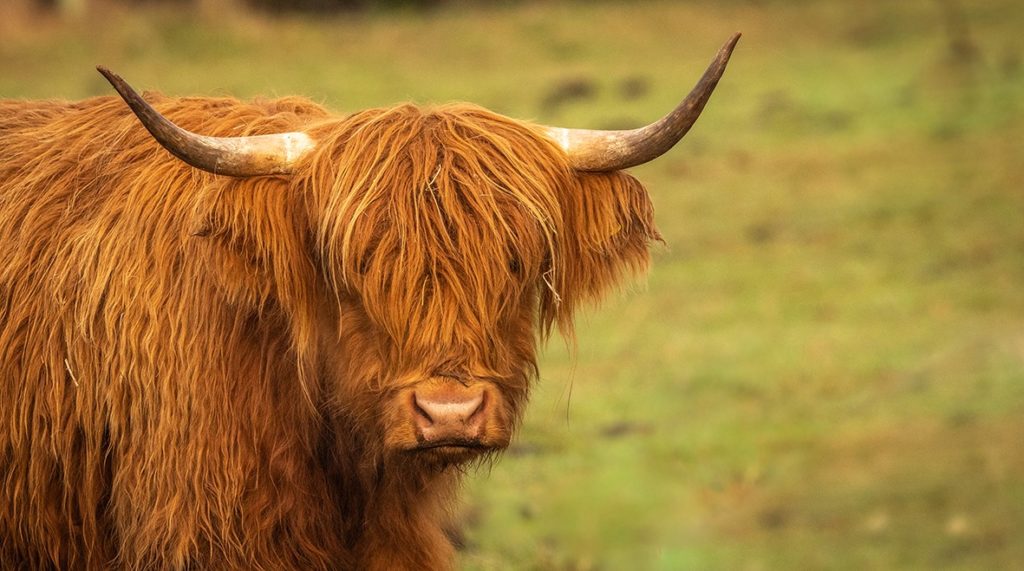
Reviving rare cattle
A growing number of Australian farmers are working to preserve rare breeds of cattle. In Victoria, Nathalie Hardy and Jonathan Hurst of Brookland Free Range Farms and the Townsend family of Strathbogie Pastured Meats are both raising rare British White cattle. There are currently only around 600 British White cows in Australia, but the breed is hardy and resilient and has a unique flavour that some have compared to Wagyu.
Also in Victoria, Paul and Sue MacLeman of Avoch Highlands Heritage Beef breed Scottish Highland cattle in South Gippsland. This breed evolved to adapt to the extreme weather of the Scottish Highlands. This has led to a thick double coat, which keeps the animal warm. Because of this, they need less body fat, which means their meat is tender and lean.
In Clonbinane, north of Melbourne, farmers Allen and Lizette Snaith have been raising grass-fed Belted Galloway cattle for more than 35 years. This Scottish heritage breed has a tender texture and a rich, juicy flavour. The Snaiths chose the Belted Galloway both to offer meat with a point of difference, but also to help preserve the breed.
In Queensland, Kingaroy farmers Denis and Theresa Roberts have introduced the first Irish Moiled cattle to Australia. While it was originally raised as a dairy cow, the Irish Moiled has also earned a reputation for its beef, due to its marbling and distinctive buttery flavour.

Rare breeds, unique flavours
In recent years, rare pig breeds have also had something of a renaissance in Australia. Berkshire pigs are the oldest registered breed in the world, and also produce mind-blowing pork. Producers like Bundarra Berkshires have found success with their ethically raised, free-range Berkshire pigs; their pork has won several delicious. produce awards and gold at both the Australian Food Awards and the Sydney Royal Fine Food Awards.
Wessex Saddleback pigs originated in southern England but are now extinct in Britain. However, while endangered, the species remains in Australia and New Zealand. Yanjala Farm in Queensland has a herd of pigs consisting solely of Wessex Saddlebacks; Amber Creek Farm in Victoria pasture raises Wessex Saddlebacks, as well as the endangered but delicious Duroc, Large Black and Large White heritage breeds.
Matthew Tack and Coreen Ung also raise Wessex Saddlebacks and Large Blacks on their property, Our Mates Farm, in Tasmania. They were inspired to seek out a premium pork breed after a particularly delicious bacon experience while at a farmers’ market in the UK.
“That bacon came from an English rare breed known as the Gloucestershire Old Spot,” Tack says. “These are the quintessential orchard pig, way back from the beginning of time. But now you can’t get them in Australia. The genetics for the Gloucester Old Spot died out in Australia many years ago. All the pig genetics we have in Australia now are all the genetics we’ll ever have because of things like swine fever, foot and mouth disease and a bunch of other pig diseases. We can’t bring any more pig genetics into Australia.”
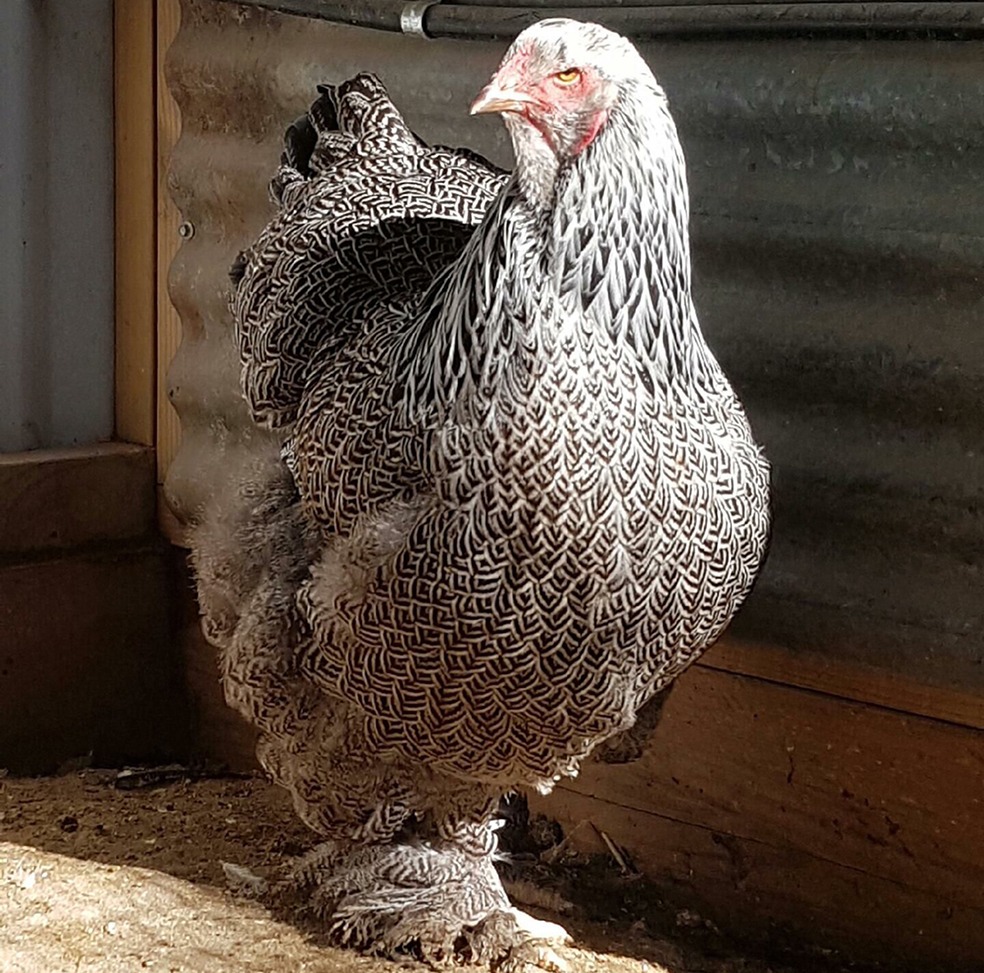
A rare bird
In NSW’s Mudgee, family-run business AvGen Poultry has one of the largest selections of rare poultry breeds in Australia. AvGen’s Lynn Campbell works in the mining and construction industry, but her love for her homeland of Scotland led her to seek out the Scots grey chicken. She formed a syndicate that undertook three successful imports of rare poultry breeds from the UK. AvGen now has at least 40 breeds, including Scots grey, Dutch Bantam, Brahma, Derbyshire Redcap, Norfolk Grey, Buff Orpington and Crevecoeur.
Campbell also produces what is often referred to as the best quality table bird in the world, the prized poulet de Bresse. And she believes that consumers’ increasing awareness of food provenance is driving a taste for a bird with a difference.
“I think consumers have changed,” Campbell says. “People want to know where their food comes from. They see the conditions that some chickens are kept in; people now have more respect for where animals come from, and how they’re raised. I think that’s the driver. People want choice; they want to be able to choose and not just have a one size fits all.”
The watchlist of the UK Rare Breeds Survival Trust has listed Derbyshire Redcap and Old English Pheasant Fowl as priority breeds for conservation. Campbell says her aim with AvGen is to help breeds like this to survive, just in case.
“Some of the breeds we have are rare in the UK, so at least we’ve got back-up stock in case something catastrophic happens; the UK is full of avian flu at the moment,” she says. “So our job now is to keep these birds going and get them out to as many people as possible.”
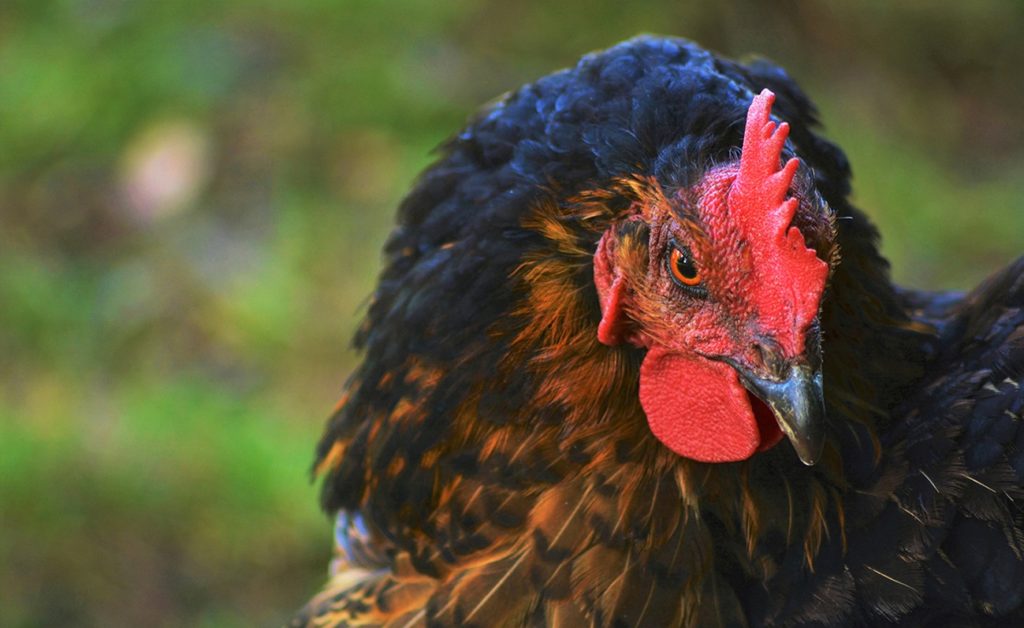
An issue of security
The threat that disease and climate change pose to our food security is genuine. Blackmore says that the world is now also facing a meat shortage; one that looks set to worsen.
“Food security is a term that will become very prominent in the next few years,” he says. “There’s a worldwide shortage of meat starting now. And I think it’s going to get worse.
“Swine flu has wiped out half the pig population in China. The backdoor news is that there’s another outbreak over there, and it’s wiping out whole areas of pig production.
“But another issue is drought. Australia’s had a massive drought since 2000. Farmers were just starting to get back on top again, then the GFC hit, and prices crashed. So they didn’t rebuild their herds. Cattle numbers in Australia are maybe 60 percent of what they were.”
The problem is not just in Australia. All around the world, climate change is causing extremely variable weather patterns that are having a huge impact on agriculture.
“Either it’s either a bad drought or flood nowadays,” Blackmore says. “They’ve always been there, but not this severe. And it’s decimating breeding patterns.”
Rare breeds may carry important genes that would allow breeders to respond to global production challenges like climate change and disease outbreaks. But if we don’t take action to save our rare breeds now, it may soon be too late.


